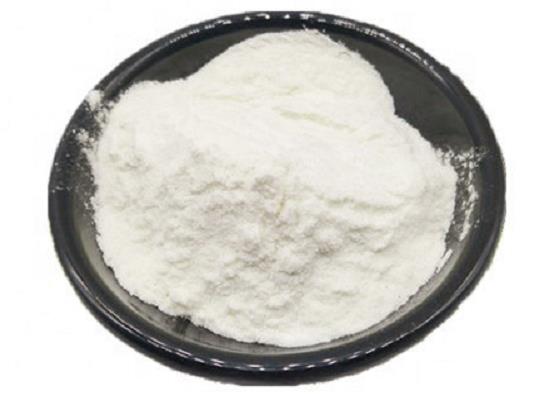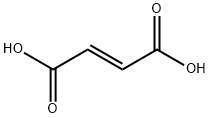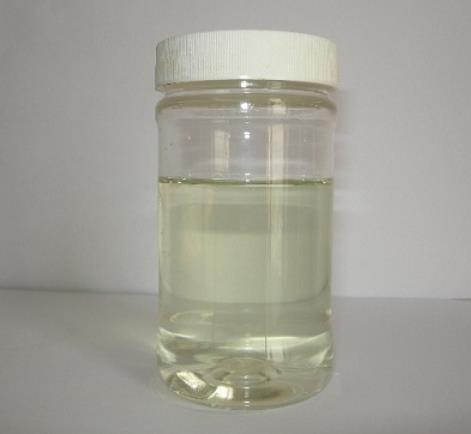Fumaric acid: Applications and Production Methods
Fumaric acid, also known as fumaric acid, is an organic dibasic acid with a chemical formula of C4H4O4. It usually exists in the form of white crystals or powder and has a slightly sour taste. Fumaric acid is easily soluble in water and insoluble in organic solvents such as ethanol and ether. In terms of chemical properties, fumaric acid has two carboxyl groups, so it can undergo a variety of organic reactions such as esterification, amidation, and chlorination. In addition, fumaric acid also has strong reducing and oxidizing properties and can participate in redox reactions.

Figure 1. Fumaric acid
Application
1. Food industry: Fumaric acid is mainly used as an acidulant, preservative, and antioxidant in the food industry. Due to its unique sour taste and stability, fumaric acid is widely used in beverages, candies, jellies and other foods. In addition, fumaric acid can also combine with metal ions such as calcium and magnesium to form stable salts, which are used to adjust the pH value of food and improve the taste.
2. Pharmaceutical industry: In the pharmaceutical industry, fumaric acid is mainly used to synthesize a variety of drugs and intermediates. For example, fumaric acid can combine with certain drug molecules to form stable salts, which improves the solubility and stability of the drug. In addition, fumaric acid can also be used as an excipient for drugs to improve the taste of drugs and prolong the duration of drug action.
3. Plastics industry: Fumaric acid is mainly used in the plastics industry to synthesize polyester plastics. Fumaric acid reacts with alcohol compounds such as ethylene glycol to produce polyester materials with good mechanical properties and chemical stability. These polyester materials are widely used in packaging, construction, automobiles and other fields.
4. Agricultural field: In the agricultural field, fumaric acid can be used as a plant growth regulator, soil conditioner, etc. Fumaric acid promotes plant growth and development by regulating the growth and metabolic process of plants, and improves the yield and quality of crops. At the same time, fumaric acid can also improve the structure and fertility of the soil, and improve the soil's water retention capacity and air permeability.
Synthesis method of Fumaric acid
There are many methods for synthesizing fumaric acid, mainly biological fermentation, chemical synthesis and electrolysis. Among them, the biological fermentation method uses sugar as raw material to generate fumaric acid through the metabolism of microorganisms, which has the advantages of wide raw material sources, low cost and environmental friendliness. The chemical synthesis method uses petroleum or natural gas as raw materials to produce fumaric acid through a series of chemical reactions, which has the characteristics of large output and high purity. The electrolysis method uses electricity to convert certain carbon-containing compounds into fumaric acid, which has the advantages of high efficiency and environmental protection.
Related articles And Qustion
See also
Lastest Price from Fumaric acid manufacturers

US $1200.00-1100.00/ton2025-08-06
- CAS:
- 110-17-8
- Min. Order:
- 1ton
- Purity:
- 99%
- Supply Ability:
- 1000T/M

US $0.00/kg2025-06-05
- CAS:
- 110-17-8
- Min. Order:
- 1000kg
- Purity:
- 99%min
- Supply Ability:
- 1000 tons



